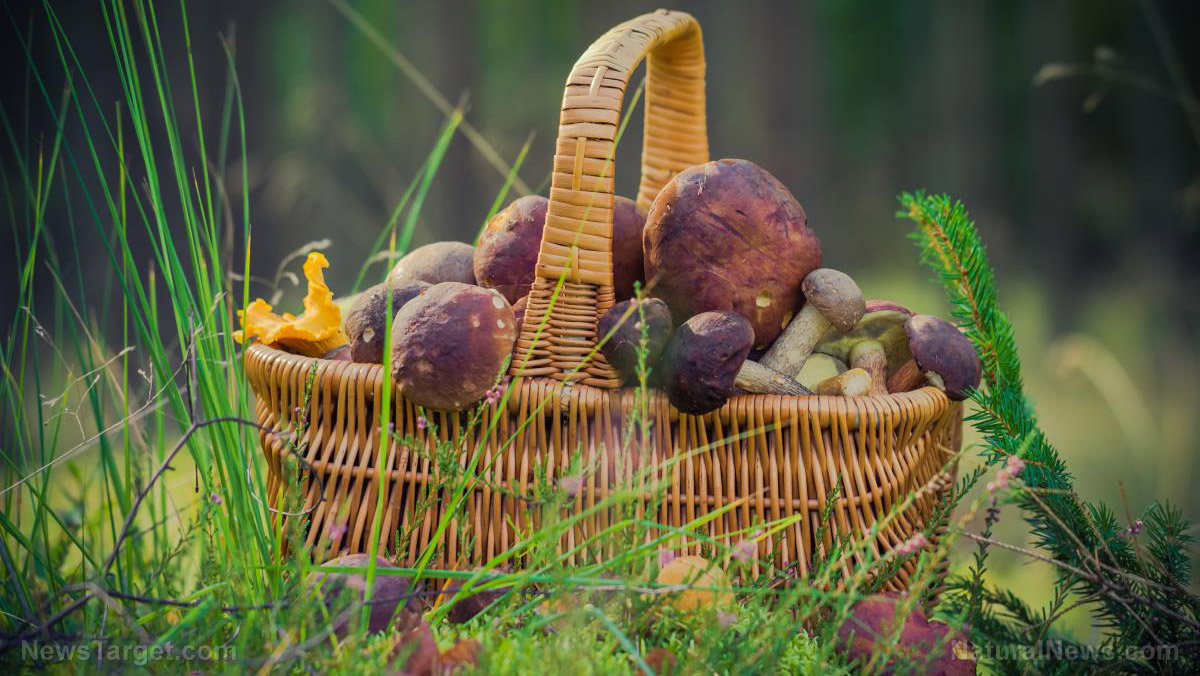
Advertisement
There’s nothing like eating a salad from vegetables that you’ve grown directly from your own garden. And what salad wouldn’t be complete without a hefty serving of lettuce?
These days, Lactuca sativa, or what we know better as lettuce, isn’t just a boring side dish. It’s now used in many dishes like wraps, sandwiches and even soup.
If you’re looking to grow your own lettuce, here’s what you need to know to get a sizeable yield with just a little bit of effort.
How to grow lettuce in your garden
Ancient Egyptians first cultivated the lettuce plant and gave it cultural significance. It was then adopted by the Greeks and Romans; lettuce became so popular that the famous historian Herodotus once wrote about it.
These days, you can find lettuce just about everywhere. Hobbyists to home gardening can grow their own batch of healthy lettuce – as long as they follow the basics.
Lettuce is considered a cool-season crop, that is, it comes to harvest in cooler weathers like spring or fall. This also means that you should start planting during early spring, as the ideal temperature for seeds to germinate is around 70 F.
It’s also best to grow seeds indoors, then transplant the seedlings to your garden. Lettuce seeds will just rot if these are put in the ground that’s still cold and wet.
Lettuce seeds need light to grow properly. When starting seed indoors, keep the seeds barely covered with soil and keep them moist. The plant grows easily, and you can transplant it after several seeds have developed.
Be sure to plant out the seedlings before they grow too large. Otherwise, the lettuce will bolt, which gives the leaves a bitter and sharp taste.
Taking care of your lettuce
It’s best to grow lettuce in soil that’s rich in organic matter like compost or manure. Adding nitrogen can also improve yield for lettuce, as it’s mainly harvested for its leaves.
Lettuce, like other salad greens, needs regular watering. The goal is to water lightly, frequently and consistently; and prolonged dryness can cause lettuce to turn bitter or go to seed. Make sure you’re not overdoing it, though: Too much water can lead to root rot, as well as invite pests like slugs to feast on your crops.
Despite being a cool-season crop, you can grow lettuce in the summer – just provide them with shade and plenty of water. If the plant is showing signed of bolting, pull it out of the ground and replant it. This process shocks the plant’s system, slowing down its growth until they reestablish themselves.
Many lettuce varieties, especially leaf-lettuce plants, are “cut and come (or sprout) again.” During harvest, you can harvest these varieties when the outer leaves reach about 6 inches long.
For head lettuce, you need to make sure to harvest them before the head begins to elongate – a sign of bolting. But it’s worth noting that growing them takes time.
To achieve the longest harvest possible with these plants, you should direct seeds, or sow seeds to the grown, or transplant seedlings every seven to 10 days. Direct seeding can be planted in wide rows or spaced at least eight to 12 inches apart. This amount of spacing can allow the lettuce to mature into heads easily.
Learn more about growing your own garden at Homesteading.news.
Sources include:
Advertisements







